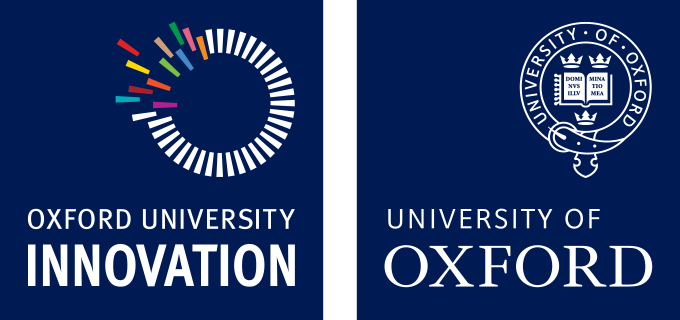Oxford is in the midst of an innovation boom
Figures for creation of new companies based on university IP remain consistently high while existing companies are in growth mode. Seed and growth stage investments are in good supply, following a 454% increase in seed stage funding for our spinouts between the calendar years of 2015 and 2016, and Oxford spinouts collectively raising £1.5bn since 2011. Critical infrastructure to support innovation is either being constructed or has already opened its doors.
Already a world-renowned centre for research excellence, the “Oxford Boom” is driving the tech cluster towards becoming one of Europe’s leading centres for entrepreneurship and innovation.
One of the major catalysts for this sharp increase in activity is Oxford University. Named the number one university in the world two years running (Times Higher Education), Oxford is throwing its weight behind the innovation mission with construction of key infrastructure around the city. The Saïd Business School has launched The Foundry, a co-working space that acts as a beacon for student entrepreneurial activity. Novo Nordisk is investing £115m into Oxford for a new research hub focused on treating diabetes. The Bioescalator, designed as an innovation hub for all things life sciences at the Old Road Campus in Headington, should open its doors in August 2018.
The vision of Oxford’s innovation-led future is shared by a number of key partners in the area, including the Oxfordshire Local Enterprise Partnership, Oxford Brookes University, the Harwell and Culham campuses, knowledge intensive companies based in Oxfordshire and the business parks which host them, and many others which are collaborating on innovation.
Through its work in the creation of spinout companies, OUI has applied its skills as an architect of creative solutions in the development of the Oxford innovation ecosystem. Some of the biggest high-tech companies in the area – NaturalMotion, Oxford Nanopore, Adaptimmune, to name a few – trace their roots back to research commercialised by OUI.
Economic Impact
According to a recent report, ‘The Economic Impact of the University of Oxford’ conducted by BiGGAR Economics, the University is now adding £7.1bn a year to the global economy, £1.2bn of which is a result of its commercialisation and enterprise activities. The report found that over 80 of the spinouts launched by OUI remain active in the Oxfordshire region, providing 1,886 jobs and adding £132m to the local economy.
With the help of OUI, Oxford University has launched 150 spinout companies. In the past year alone OUI has added a further 25 companies to the ecosystem, and spinouts formed in recent years are becoming major names within the ecosystem in their own right.
OxStem, which is harnessing stem cell research to treat a number of diseases, has developed rapidly since its £17m seed round in 2016, launching a number of smaller “stem” companies that are targeting neurological, ocular and cardiac conditions, amongst others. Artificial intelligence spinout DiffBlue went from spinout to employer of 50 people in a single year. Nightstar Therapeutics, which is commercialising gene therapies for rare retinal diseases, has gone from spinout to NASDAQ-listed company in just four years.
Building on this success, the recent Science and Innovation Audit for Oxfordshire identified four key innovation focus areas for the region:
Autonomous Vehicles
Oxford’s robotics research is leading in the field, exemplified by Oxbotica, a spinout which is leading a consortium trialling driverless cars on the roads between Oxford and London.
Digital Health
Oxford’s Medical Sciences Division and Oxford University Hospitals NHS Foundation Trust (OUH) are world leading, and a key source of health focused innovation. Three technologies developed at OUH, including the vital signs monitoring programme SEND, were licenced to Drayson Technologies by OUI in a landmark deal to facilitate more effective commercialisation across the NHS.
Quantum Computing
Home to the Networked Quantum Information Technologies (NQIT) hub, part of the £270m National Quantum Technology Programme, Oxford University is working on the hardware behind quantum technologies. The technology is being rapidly commercialised, with three quantum spinouts launched in the first three months of the 2017/18 year.
Space and Satellite Applications
The Harwell Campus Space Cluster is home to the UK’s space industry. Members of the space cluster include the STFC’s RAL Space Centre, the Satellite Applications Catapult, and the European Space Agency’s satellite applications and tech transfer offices, as well as many other complementary companies and organisations.
Focusing on these areas and other core strengths of the Oxfordshire region (such as robotics, life sciences, machine learning and artificial intelligence, and many more) will ensure that Oxfordshire remains synonymous with innovation.




Comments are closed.